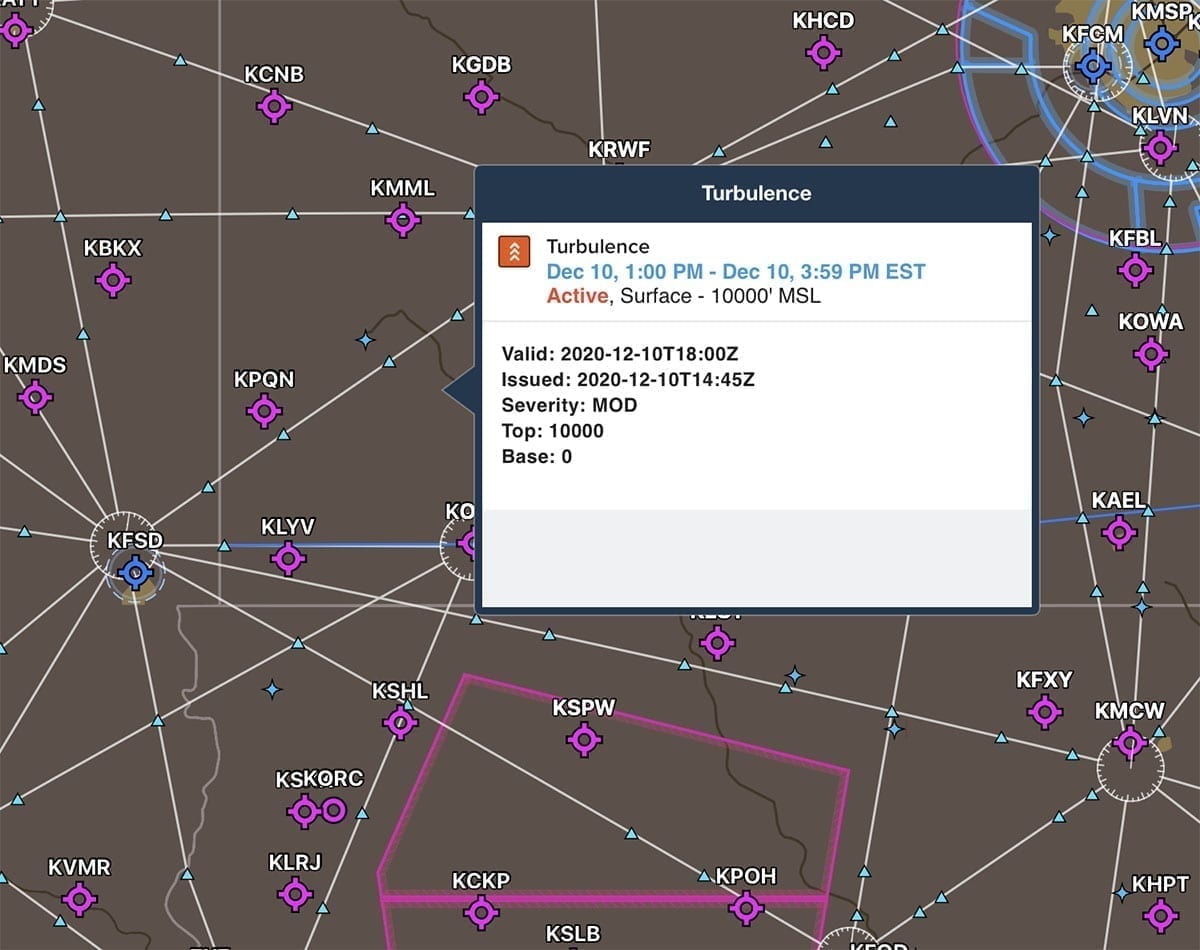
Fire, fire, fire
I Can't Believe I Did ThatI had qualified as a fighter pilot in the Indian Air Force in 1966, completed the flight instructor’s course a few months earlier, and just upgraded to QFI Cat B a few days ago. In other words, I could do no wrong. I was indestructible! I was carrying out an A&E check on a Harvard IV-D which had undergone a routine servicing. I was flying solo and the plan was to do the engine and trim checks followed by a stall and spin.

Lost in the Canadian Arctic
I Can't Believe I Did ThatI was a fairly new, 22-year-old bush pilot based in Cambridge Bay, in Canada’s Arctic (now Nunavut) in 1982. I had the only aircraft based this far north at the time and was the first call for medevacs, with our twin engine type E Aztec with long range tanks. It was usually single pilot night IFR, but on this flight, one of my two bosses had recently arrived.

Overconfident and under-coordinated
I Can't Believe I Did ThatAfter practicing slow flight for a few minutes, I tried a few power-off stalls. Completing those successfully and returning to 1500 feet AGL, I felt that I could handle a departure stall with no problem. Despite the warning from my instructor and still being uncomfortable with the maneuver, I decided to proceed.

Three minutes before the fan turns off
I Can't Believe I Did ThatThis is a story on how, at 10 minutes after midnight and after 5 hours of flight time, in an unfamiliar airplane, over a highway, I gambled my life and an airplane against a very tempted fate and scythe-wielding death and won the whole pot.

Flirting with real (and financial) disaster
I Can't Believe I Did ThatDeparture was without problem, and soon we were ascending at 1000 FPM over the frozen landscape. It was then than I happened to notice that the amber gear-up light had not illuminated. I cycled the gear down and back up to see if it was a temporary glitch. No change. I then assumed that the light was simply burned out, and not being the green light I needed before landing, made a note to change it at the first opportunity.

VFR to IFR in a flash on a solo cross-country
I Can't Believe I Did ThatI can no longer recall if I was aware of an incoming system and thought I could beat it, or it developed quicker than forecast and “caught me” or what. But in a flash, I went from VFR to IFR as if someone had flicked a switch. My first reaction was to see if I would “pop-out” the back, like all of us did/would/still do. But after about 15-20 seconds, my thoughts turned to bugging out.

Bratburger-itis: a memorable trip
I Can't Believe I Did ThatAll week long, the weather was looking good. When I called for my flight weather briefing Friday morning (note this is before the common use of internet weather), the briefer mentioned the potential for moderate turbulence and potential for gusty winds. The velocity of the winds he forecast was less than what I had comfortably handled before so I wasn’t concerned. And, after all, I had a whole two years of flying under my belt!

My cold water splash: an airline pilot learns a painful lesson
I Can't Believe I Did ThatMy first (and I hope last) aircraft incident in 45 years of piloting took place a few years ago on the first really nice spring day, with clear skies and glistening water beckoning for the first seaplane flight of the season. I was a very new seaplane pilot at the time, though my IACRA paperwork showed 29,000 hours total time when I applied for the rating.

A student pilot learns an important lesson
I Can't Believe I Did ThatThings began to get interesting. I was about to learn a valuable lesson about checkpoints—namely, don’t use railroads or high tension lines. From the air they look exactly alike and as luck would have it I chose the wrong one and begin to get off course.

Adding to the judgment bucket—a flight that never should have happened
I Can't Believe I Did ThatTo illustrate the advantages of learning risk management over the time-honored method of letting fate take its course, I offer the following episode. It happened on a soggy, overcast, and misty day in 1967 in southern Louisiana. I was in my dangerous phase.

Approach to oblivion
I Can't Believe I Did ThatAnother low-pressure system was making its way through the Carolinas and into the Northeast corridor with enough attendant weather to bring low IMC to most of the Northeast itself. I had a flight in the morning to Salisbury, MD, then to Richmond, VA, and then back home to Chester County, PA—all forecast to be at or near minimums, or possibly even below. This posed a real problem.

Night, mist, haze, and all that jazz
I Can't Believe I Did ThatSometimes when we look back to our earliest periods in aviation, we are rightly hounded by some of the infamously stupid things we did—or tried to do. But if you’re like me, you can honestly say you just didn’t know any better at the time, and that there was no one around to warn you of the dangers. We all have to learn. And every once in a while, the learning unveils itself ex post facto.

Goal fixation: when ingenuity overrides common sense
I Can't Believe I Did ThatThis is not a story about fast jets, elaborate cockpits or major life and death mid-air drama… it is the true story of a humble student pilot trying so hard to overcome a mid-air incident that he took leave of his common sense.

Implausible, providential, or dumb luck?
I Can't Believe I Did ThatI’ve waited almost a lifetime to fess up to behaving badly. The statute of limitations has hopefully expired in sixty-six years. Specifically, in 1954 at age twenty, 165 hours total time, no IFR training and growing up on a rural Pennsylvania farm, I was living a teenage fantasy for adventure in a far-off land.

Why is it so dark? An important lesson learned
I Can't Believe I Did ThatAbout an hour into that leg, I noticed something disconcerting. It was getting dark, and it was only 7:30. All my questions about why this was happening didn’t stop it from happening, and by 8:00 PM, it was totally dark. It had never dawned on me that I lived on the western side of the central time zone, and that on the eastern side of that time zone, things were quite a bit different.

Your eyes have the deciding vote—my thunderstorm encounter
I Can't Believe I Did ThatI observed a huge gray mass of clouds directly in front of me. As a relatively new instrument rated pilot with minimal actual IMC time, it looked pretty intimidating to me. So I called ATC and asked if they were painting any weather along my route back to PDK. ATC advised that there was no significant weather between me and PDK. That gave me considerable comfort.

Don’t take things for granted
I Can't Believe I Did ThatIn the late 1970s and early 1980s I was a traffic watch pilot in Phoenix, Arizona. Radio station KTAR provided the on-air reporter and the FBO at Deer Valley provided the Grumman AA-1C aircraft and pilots. The AA-1C certainly wasn’t the ideal aircraft for the task. It didn’t perform well in high density altitude operations. On a hot day with full fuel it would barely make it to 5500 feet.

I seem to have misplaced planet Earth
I Can't Believe I Did ThatMy wife, undoubtedly, would choose our honeymoon encounter with ice; my mother the complete electrical failure we experienced while on an IFR flight in very IFR conditions; but for me, my scariest time in an airplane was the time I was late to the party in figuring out what the airplane was doing.

Hot chicken, icy wings
I Can't Believe I Did ThatWe were happily, and smoothly, cruising along in the clouds at 7,000 ft. when ATC issued me a climb to 9,000. I remember reading the instruction back and initiating the climb while thinking to myself this is a bad idea. I had it in my head that I’d filed for 7, so we were going to stay at 7, but I climbed anyway.

Nodding off at 10 feet above the waves
I Can't Believe I Did ThatWe usually climbed up to 400 or 500 feet and followed the Parkway toward home but I had a different plan. I was so damn tired I crossed the beach at Wildwood and dropped down to ten feet. The sun was low off my left. With the doors and windows open, a cool breeze and the near water would keep me awake.
